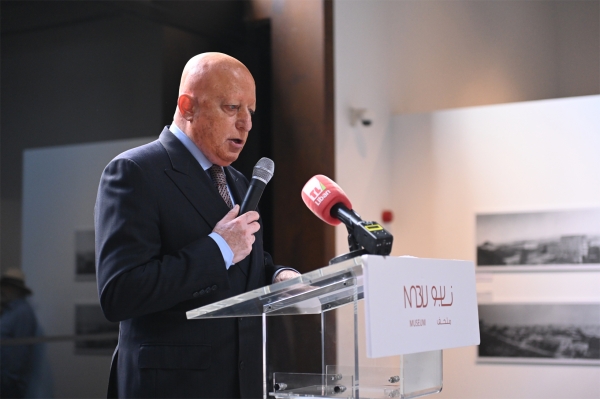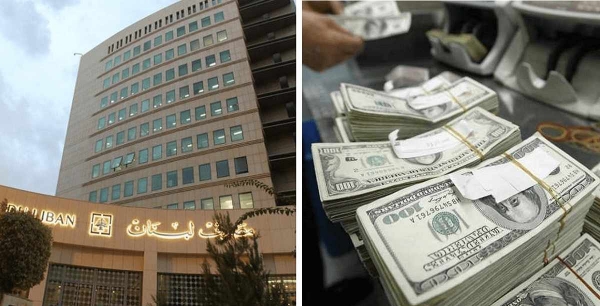Wadi el-Sit : A Town Awaiting Return
Location
Wadi el-Sit is located in the Qada’a of Chouf in the Mohafaza of Mount Lebanon, at an altitude of 700 m above the sea level. It lies 52 km from Beirut, 7 km from the Qada’a center in Beiteddine and 47 km from the Mohafaza center in Baabda. It spreads across 140 hectares and can be reached by two different roads:
Deir el-Qamar- Maaser Beiteddine- Wadi el-Sit
Aley- Shartoun- Reshmayya- Majdal M’oush- Wadi el-Sit
Population
The number of registered inhabitants at the town’s personal status register is estimated at 1300 people, all of whom are Maronite. There are around 100 houses in Wadi el-Sit in addition to 5 commercial and artisan shops.
Voters
In 2000, the number of voters in Wadi el-Sit was 795 of whom 417 cast their ballots. This number increased to 887 in 2005 with 517 casting their ballots. In 2009, 982 people were eligible to vote, of whom 532 headed to the ballot boxes. Voters in Wadi el-Sit are distributed among the following families:
- Maqsoud: 195 voters
- Jawhar: 120 voters
- Abi (Bou and Abou) Shahla: 110 voters
- Abi Hanna: 110 voters
- Shehwan: 66 voters
- Dargham: 54 voters
- Farah: 50 voters
- Abi Hassan: 50 voters
- Saadeh: 40 voters
- Nqoula: 37 voters
- Merhej: 35 voters
- Abi Shebli: 31 voters
- Bou Qaddaha: 20 voters
- Fransis (Greek Catholic): 10 voters
- Nakhli: 10 voters
Local authorities
The Wadi el-Sit municipality was established by virtue of Decision No. 199 issued on February 11, 1964 by the then Minister of Interior and Municipalities, Kamal Jumblat. Wadi el-Sit’s municipal council consists of 9 members and is headed by Youssef Maqsoud. Its share in the Independent Municipal Fund in 2010 was LBP 81.3 million, up from LBP 64 million in 2009. Said Nadim Jawhar serves as Mukhtar of the town, which also has a 3-member Ikhtiyariyah body.
Archaeological sites
Wadi el-Sit is home to ancient manuscripts inscribed in rock and dating back to the Roman era.
Educational institutions
There aren’t any schools in Wadi el-Sit, and students attend the public and private schools of the neighboring towns.
Economic activities
Some people in Wadi el-Sit survive on expatriate remittances, while others have jobs or work in agriculture and trade.
Problems
The town suffered from the displacement of its residents, especially during the Mountain War in 1985, and today, despite the restoration of security, inhabitants still hesitate to return to Wadi el-Sit due to lack of economic opportunities; and they only visit on Sundays or during holidays.
NGOs
The town is home to Wadi el-Sit’s Social Union, which was founded in 1993.








Leave A Comment